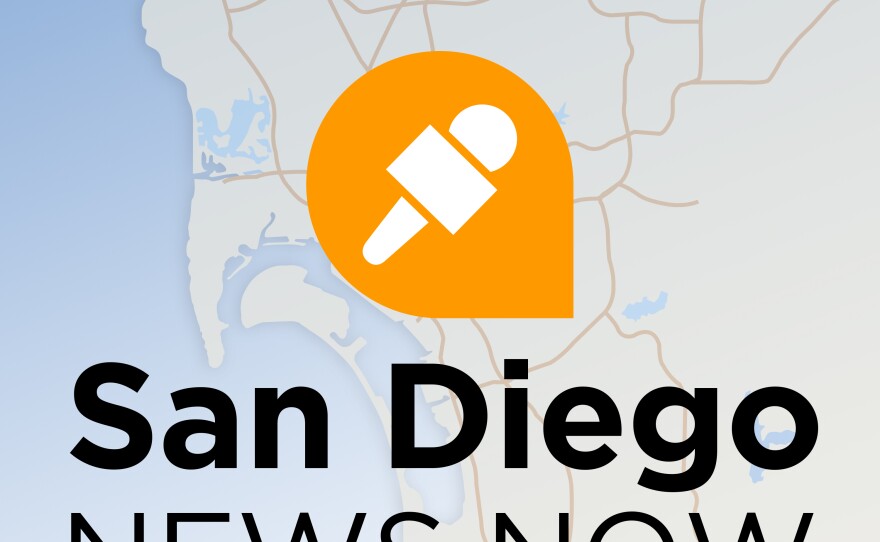Three popular campgrounds at California’s Yosemite National Park will be temporarily closed starting Monday because of a forecast of flooding as warming temperatures melt the Sierra Nevada’s massive snowpack.
Park officials said Sunday that the Lower and North Pines Campgrounds and the Housekeeping Camp will be shut over fears that waterways could overspill their banks.
The National Weather Service issued a flood watch for the area until at least Friday.
“The combination of extended hot weather and abundant snow means the Merced River may remain above flood stage for some time,” the park said in a statement. An update on the closures will be provided Monday evening.
Late last month, eastern sections of the famed Yosemite Valley were closed for a few days over fears of floods that never materialized.
Spring weather is quickly melting huge amounts of snow that accumulated in mountains from a series of epic winter storms.
Storm runoff has caused flooding of San Joaquin Valley agricultural fields below the southern Sierra. But the major melt of the massive snowpack has yet to occur.
The state Department of Water Resources said earlier this month that despite a brief increase in temperatures in late April, the snowpack has melted at a slower pace than average because of below-average temperatures early in the month and cloud cover.
-
From atmospheric rivers to gray, cloudy skies, San Diego has seen its fair share of abnormal weather in the past few months.
-
California is celebrating the tenth anniversary of a ground-breaking data tool that has helped focus clean-up efforts in many of the state’s disadvantaged communities.










